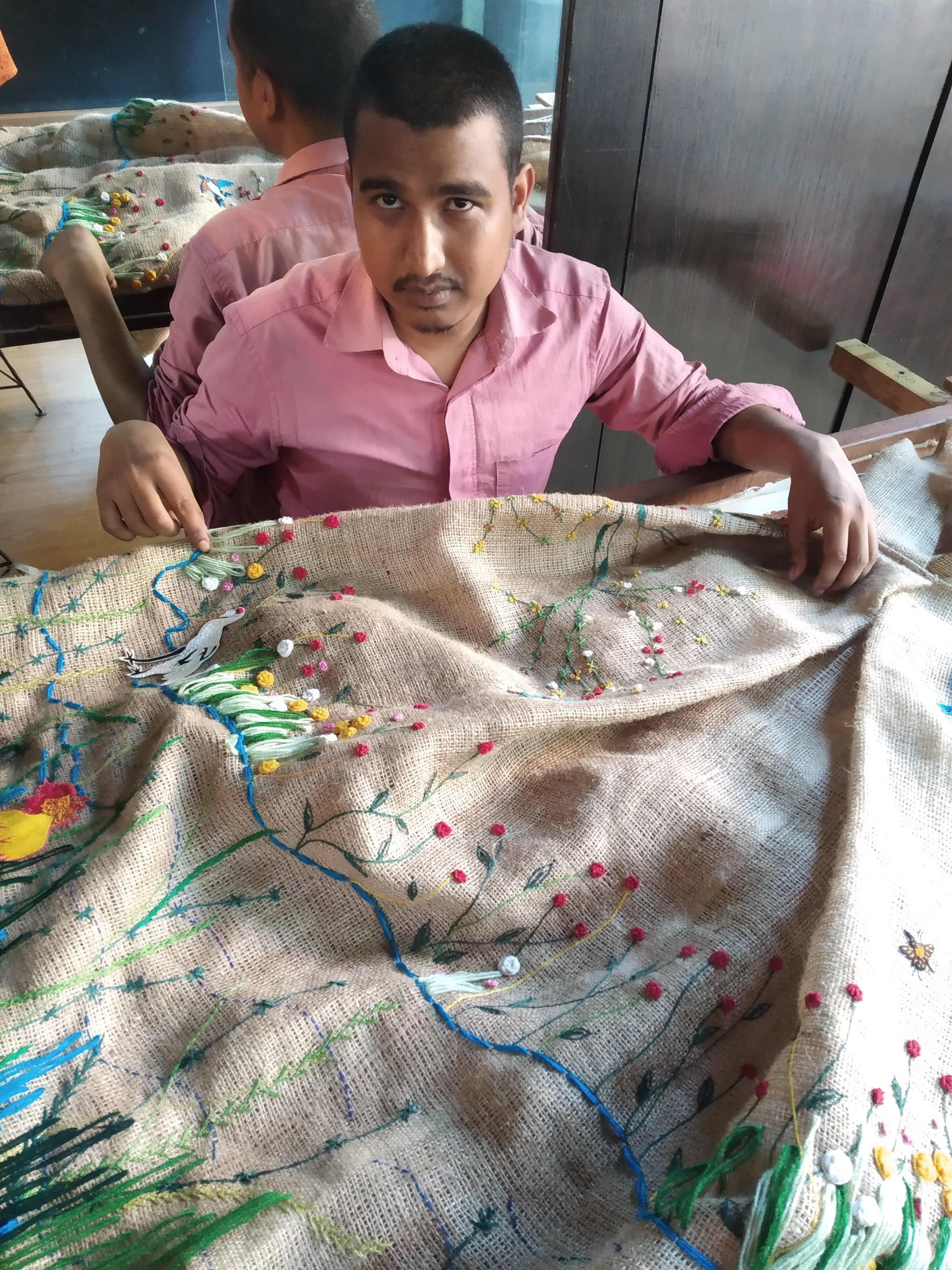Runa Ray on The Link Between Fashion and Our Oceans
July 22, 2021
Runa Ray
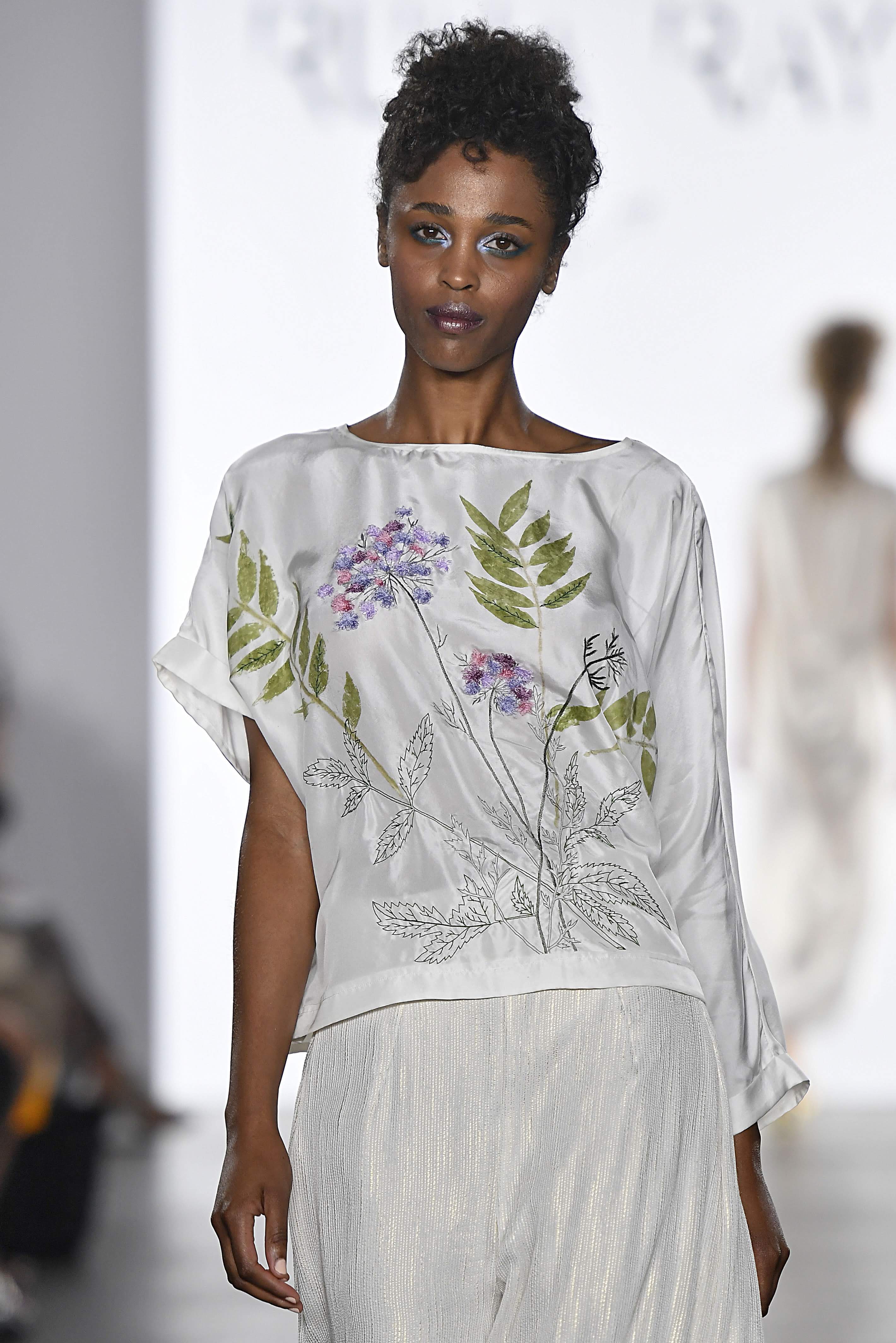

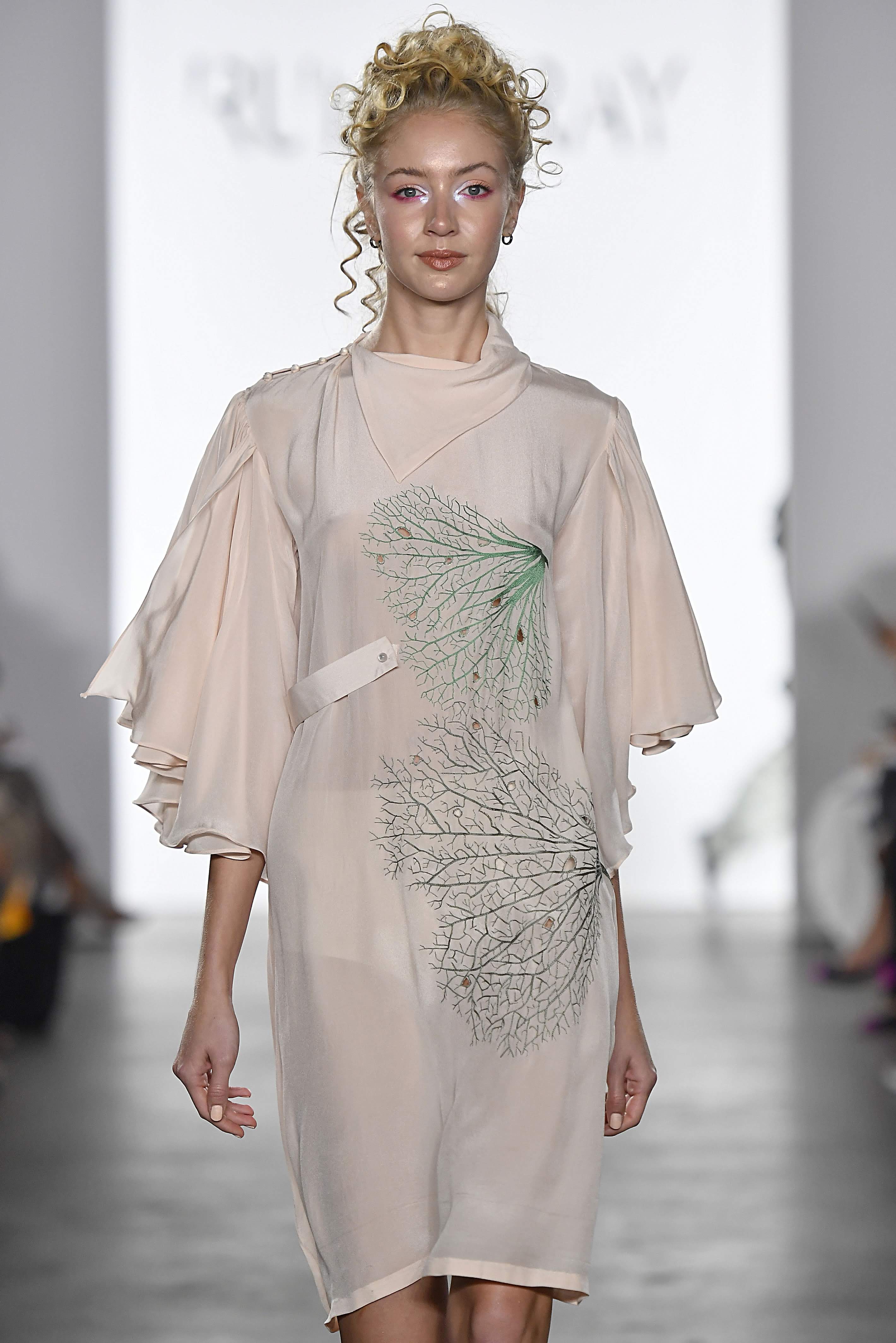

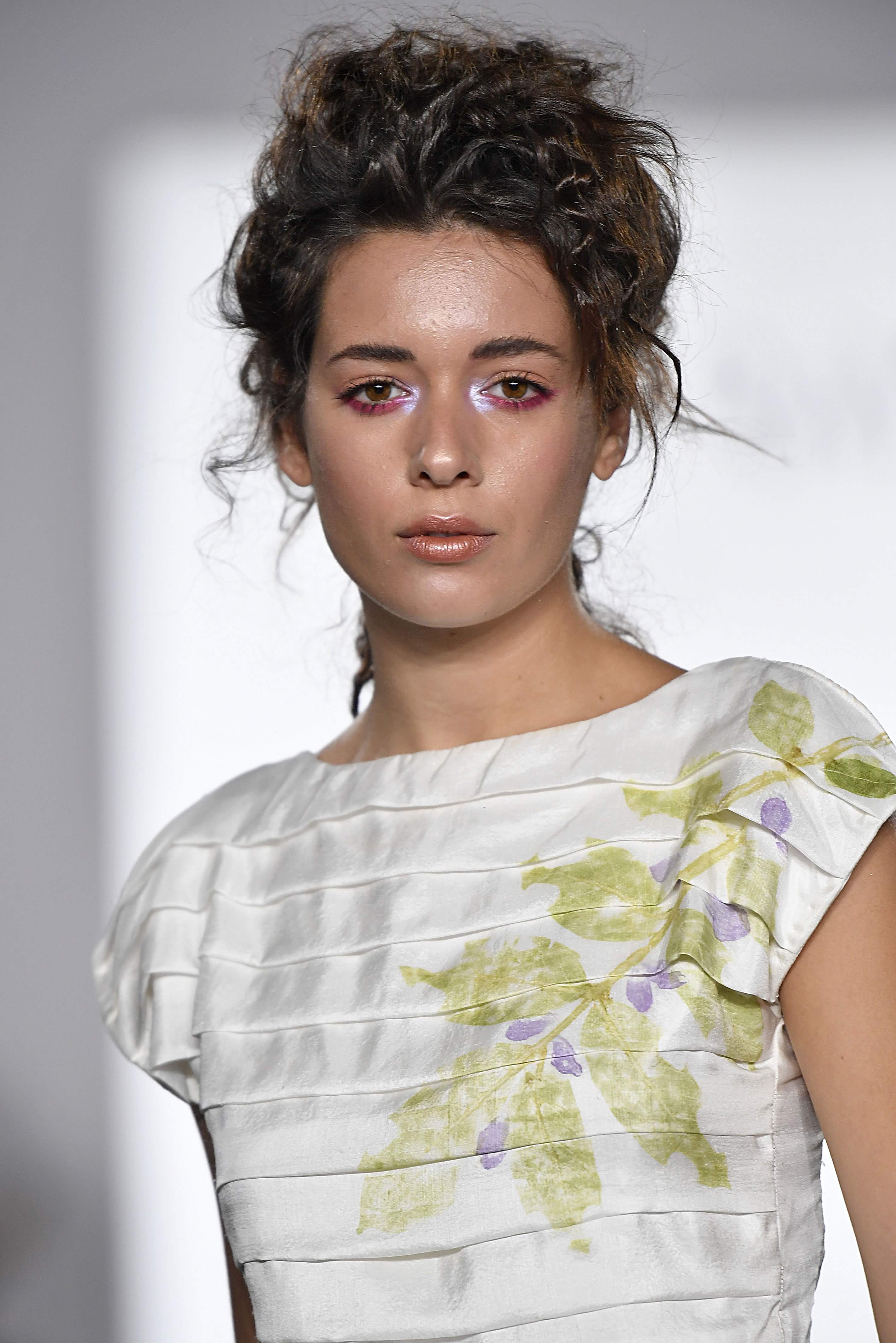
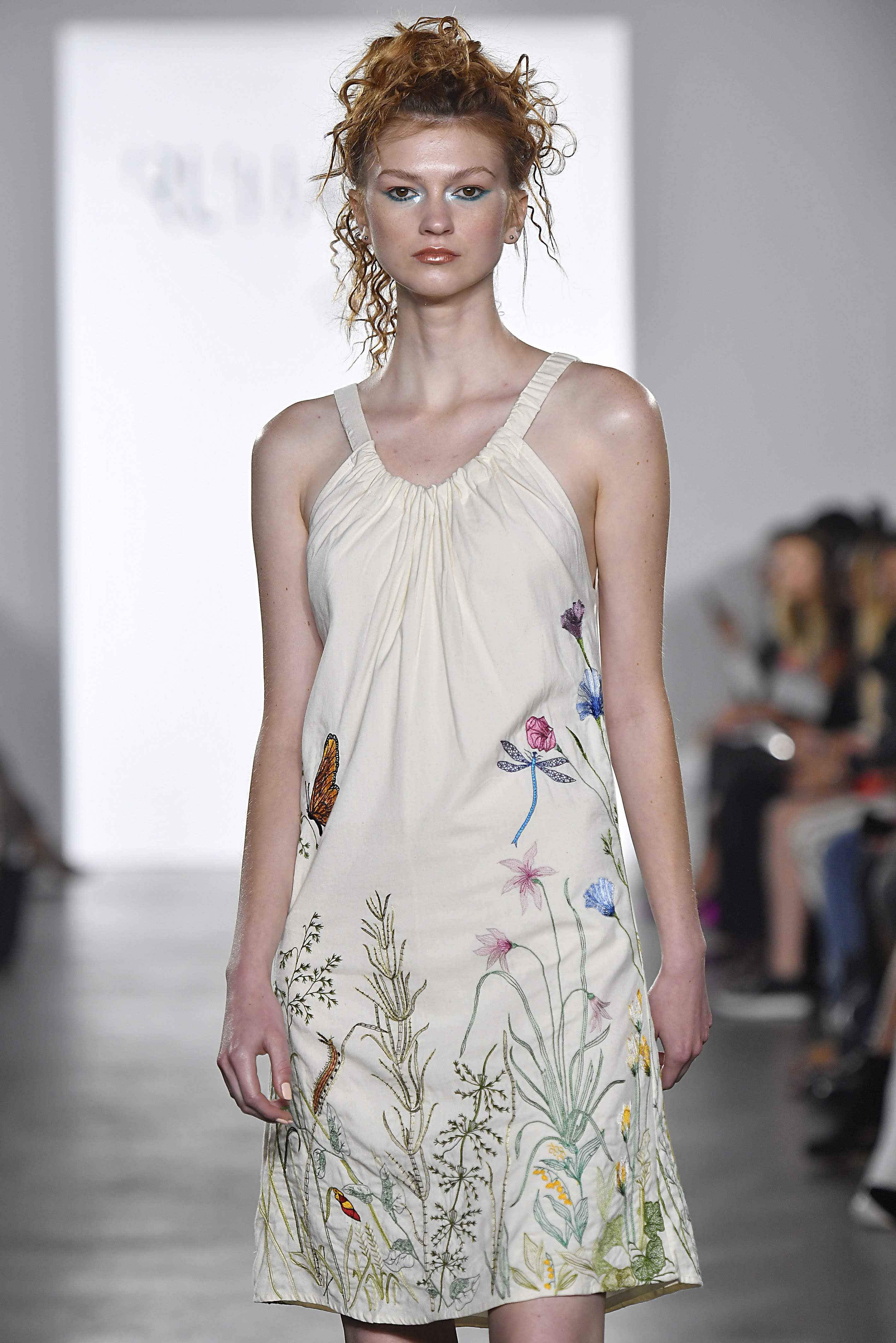
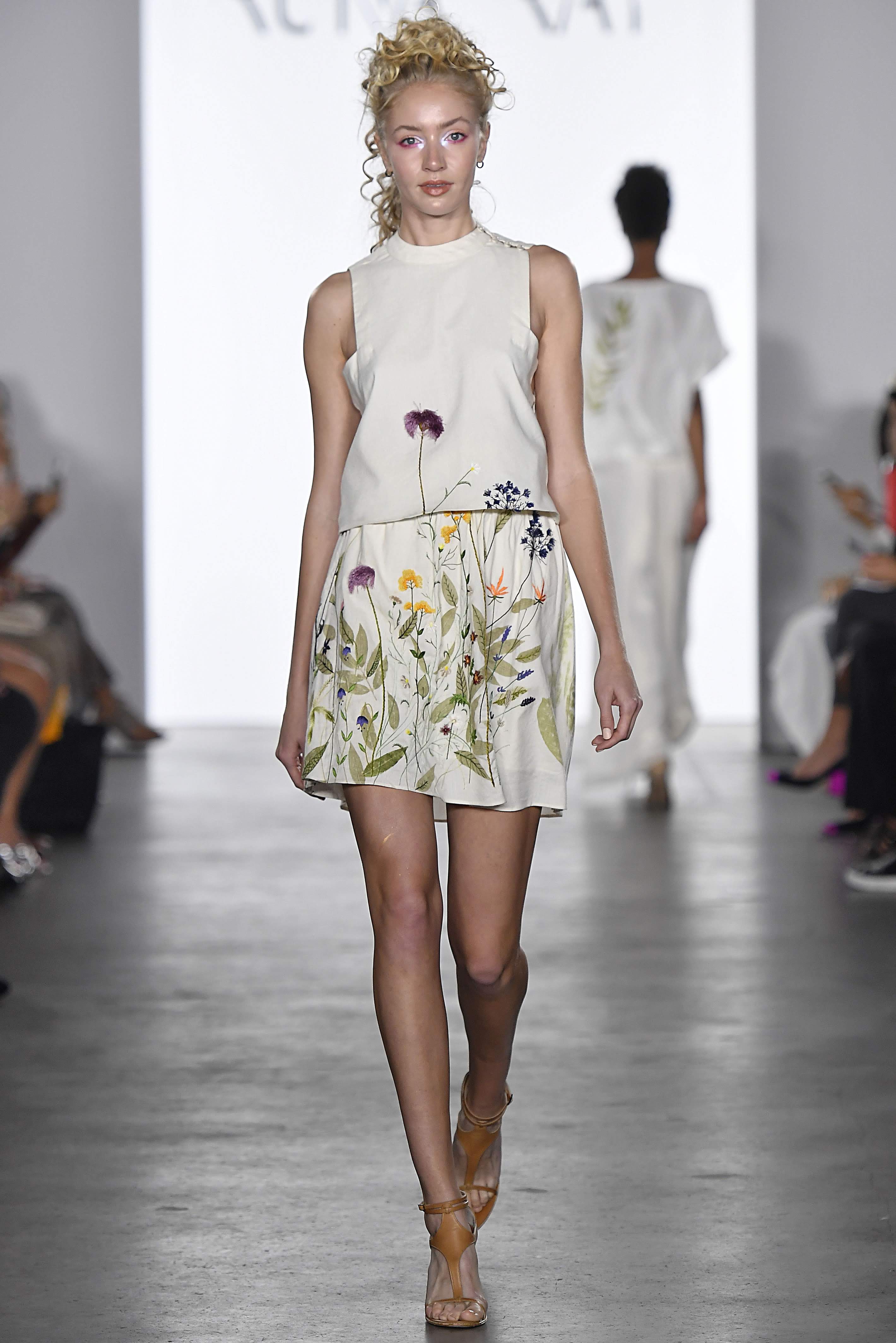

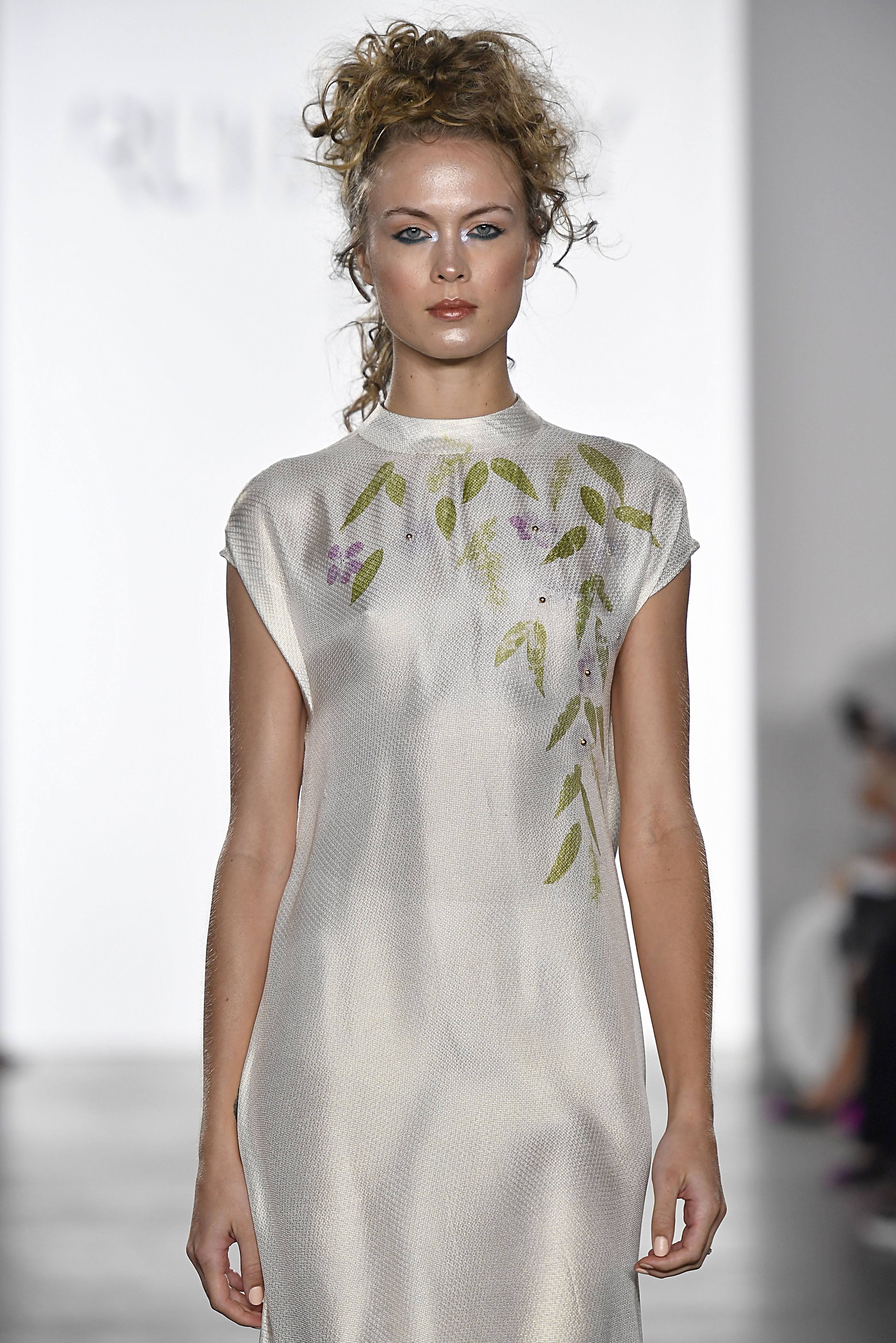
Runa Ray SS18 Collection NYFW: First Stage
Runa Ray SS18 Collection NYFW: First Stage
Runa Ray SS18 Collection NYFW: First Stage
Runa Ray SS18 Collection NYFW: First Stage
Runa Ray SS18 Collection NYFW: First Stage
Runa Ray SS18 Collection NYFW: First Stage
Runa Ray SS18 Collection NYFW: First Stage
The world is faced with its most challenging moments – a reminder that business cannot go back as usual. The pandemic taught us resilience and grit. It also brought to light the world’s most pressing issues –one of which is climate change.
Climate change is the result of manmade activities that have polluted our waters and depleted our natural resources – resulting in global warming driven by human-induced emissions of greenhouse gases and the resulting large-scale shifts in weather patterns.
Warmer temperatures are increasing the rates of evaporation, causing more intense storms and weather extremes. Impacts on ecosystems include the relocation or extinction of many species as their environment changes –in coral reefs, mountains, and the Arctic. Climate change threatens people with food insecurity, water scarcity, flooding, infectious diseases, extreme heat, economic losses, and displacement.
Even if efforts to minimize future warming are successful, some effects will continue for centuries, including rising sea levels, rising ocean temperatures, and ocean acidification.
The United Nations has declared the Decade of Ocean Action, which relates to Sustainable Development Goal 14: Life under Water. It involves industry stakeholders, governments, nonprofits, and activists mobilizing and educating people on the perils of climate change on our oceans, and creating policies that would be relevant for the Blue economy.
In fashion school, our graduating collection was always expected to have an inspiration upon which we were graded. It was after several rejected ideas –and while loitering in a bookstore –that I stumbled upon a magazine that spoke of the lifecycle of salmon. From its spawning grounds to the journey across the estuaries and into the oceans, it a was an adventurous and splendid journey with colors ever changing. There were notable challenges faced by the fry and adults during their seaward migration and battles for a mate; and lastly, their final resting place by giving up their weary bodies to the oceans – only to restart the cyclic system of life. I had found my inspiration, which led me to win the best design collection award. It was only much later that I realized my intrinsic interest in nature would make me an advocate for clean seas and the environment.
Fashion as an industry has been linked to the oceans and our waters since 2600 BC when dyeing was first introduced. Originally, dyes were made with natural pigments mixed with water and oil used to decorate skin, jewelry, and clothing. The most commonly used dyes in ancient times were found near where they were discovered – different colors often signified different geographical locations. The colors were mixed from exotic plants, insects, or sea life.
Today, 90 percent of clothing is dyed synthetically. It is estimated that over 10,000 different dyes and pigments are used industrially and over 735 tons of synthetic dyes are annually produced worldwide today. Textiles make up the bulk of the industry with fashion estimated to be a $3 trillion business, and the WHO estimates that 20 percent of industrial water pollution comes from textile manufacturing, which releases dyes and other chemicals into waterways in manufacturing countries.
Up to 200,000 tons of dyes are lost to effluents every year during the dyeing and finishing operations due to the inefficiency of the dyeing process. Unfortunately, most of these dyes escape conventional wastewater treatment processes and persist in the environment. The wastewater from textile plants is classified as the most polluting of all the industrial sectors.
It is noteworthy that some dyes are highly toxic and mutagenic and decrease light penetration and photosynthetic activity, causing oxygen deficiency and limiting downstream beneficial uses such as recreation, drinking water, and irrigation.
Workers working with these chemicals are not always provided with adequate safety protection, exposing them to increased risks of diseases. And rivers in manufacturing countries are heavily polluted, becoming so toxic that they cannot sustain wildlife. Communities that rely on these bodies of water are at high risk of cancer and other diseases.
Because of the United Nations Ocean Conference 2020, I examined the processes behind dyeing and looked for innovative solutions that could mitigate water wastage, pollution and health hazards. The idea was to engage industry stakeholders and designers, to understand that nature-based solutions held in them answers.
The fashion industry can solve the problem of commercial synthetic dyeing by being local, where dyeing can be controlled and be of that particular region and by using plant-based dyes and its derivatives. Several innovations in this area are bringing back ancient roots such as the Indian Madder and turmeric which have been used since BC to dye clothes. Fungi is also cultivated for its earth hues of yellow, brown, burnt sienna, and orange.
I have often experimented with natural dyes and inks, mostly extracted from petals and leaves. What was most interesting is that some hues obtained from a particular flower would tend to differ from its visible color.For example, the red hibiscus gives a black hue when extracted by boiling, while the rosy periwinkle turns indigo. Certain barks expel colors like yellow and orange, while some leaves reveal blue.
Chlorophyll – a natural pigment –has the ability to bond onto natural fabrics. One of the reasons you would find grass stains so difficult to remove from your linen pants when you romped around the park with your dog, or if you accidentally slid down a grass patch.
Another innovative printing process is where objects are placed on the photosensitive fabric coated with chlorophyll and by using the light and energy of the sun, the shadow or image of the object is transferred and printed directly upon the fabric. This method can also be used to create a negative or positive of an image on the fabric. Natural fabrics work best for this method and chlorophyll mixed with a mordant does the job of fixing the image on to the cloth. This method of printing contains no added fixers or chemicals. Water is minimal in the process, used only as a solvent for the chlorophyll inks to coat the fabric
It is this treasure trove of ideas and techniques harbored by scientists and indigenous people that gives us nature-based solutions to create clothes which respect natural resources
My experiments with design and science-based solutions have caused lines to blur between fashion and biology. As an environmentalist, I have realized that every atom is interlinked. And it is only through our value for nature that we can connect the dots.
In 2021, as we enter the Ocean decade of Innovation and Sustainability, I watch the salmon while it jostles, twists, and dances, migrating through the foamy waves to meet its ancient spawning grounds that has seen the sun rise for over 6 million years.
And I can’t help but wonder about the universal truth that binds us, the law of the universe, the law that permeates and creates life, the invisible law that we must heed.
If we only understand, then we can see the law.
Now Chil the Kite brings home the night
That Mang the Bat sets free —
The herds are shut in byre and hut,
For loosed till dawn are we.
This is the hour of pride and power,
Talon and tush and claw.
Oh, hear the call! — Good hunting all
That keep the Jungle Law!
Rudyard Kipling

